Understanding table linen sizes is essential for enhancing both aesthetic appeal and functionality. Properly fitted linens create a polished look and prevent issues like dragging or insufficient coverage. This guide helps you measure tables, choose the right fabric, and select sizes that fit various occasions and table shapes perfectly. Learn how to achieve a seamless fit for any setting.
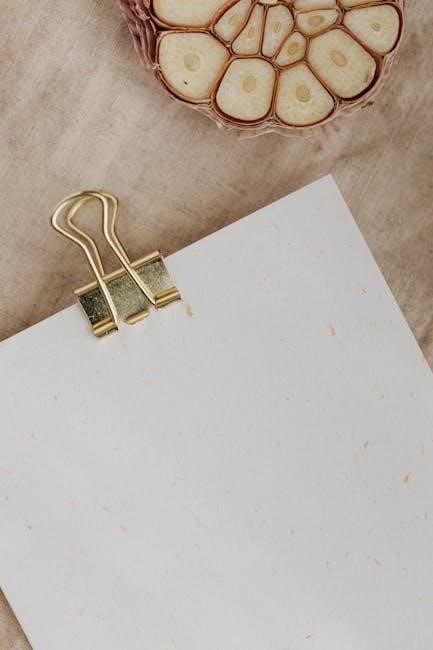
1.1 Importance of Properly Fitted Table Linens
Properly fitted table linens are crucial for both aesthetic and functional reasons. They enhance the visual appeal of a table setting, creating a polished and professional look. Ill-fitted linens can detract from the ambiance, appearing sloppy or unrefined. Additionally, the right fit ensures functionality, preventing linens from dragging on the floor or bunching awkwardly, which can interfere with table settings or guest comfort. Properly sized linens also provide adequate coverage, protecting tables from spills and scratches while maintaining hygiene. Whether for a formal event or casual dining, well-fitted linens elevate the overall experience, making gatherings more enjoyable and visually appealing.
1.2 Brief Overview of Table Linen Size Guide
This guide provides a comprehensive overview of table linen sizes, ensuring a perfect fit for various table dimensions, shapes, and occasions. It covers standard linen sizes, measurement techniques, and factors influencing size selection, such as drop length and fabric type. Whether you’re dealing with round, oval, square, or rectangular tables, the guide offers tailored advice. Special considerations for outdoor events, banquet tables, and unique settings are also addressed. By understanding how to measure your table and choose the right linen size, you can achieve a polished, professional look that enhances any dining or event experience. This guide simplifies the process, making it easy to select linens with confidence.
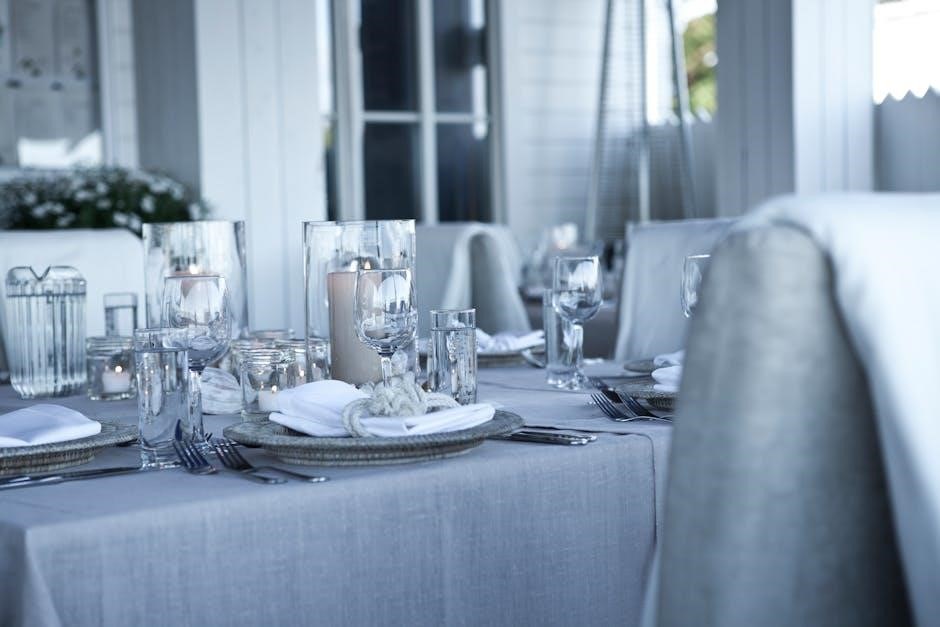
Understanding Table Linen Sizes
Table linen sizes vary based on table dimensions, shape, and desired drop length. Understanding these factors ensures a perfect fit, enhancing both functionality and visual appeal.
2.1 Standard Table Dimensions
Standard table dimensions vary based on shape and purpose. Rectangular tables typically range from 36 to 48 inches in width and 72 to 108 inches in length. Square tables usually measure between 36 to 60 inches on each side. Round tables often range from 36 to 72 inches in diameter, while oval tables are similar to rectangular ones but with rounded ends. Understanding these dimensions is crucial for selecting the right linen size, ensuring proper coverage and desired drop length. Accurate measurements ensure a perfect fit, enhancing both functionality and aesthetic appeal for any setting.
2.2 How to Measure Your Table
To ensure the perfect fit for your table linen, accurate measurements are essential. Start by measuring the table’s length and width in inches. For rectangular or square tables, measure from one edge to the opposite edge. For round or oval tables, measure across the diameter. If the table has an extension leaf, measure with it fully extended. Use a flexible measuring tape for irregular shapes. Note the table’s shape and size, as this will guide your linen selection. For oval or round tables, add the length and width measurements for the diagonal size. Always double-check your measurements to avoid errors. This step ensures your tablecloth fits perfectly, draping evenly around the edges.
2.3 Common Linen Sizes
Common table linen sizes vary based on table dimensions and shapes. For rectangular tables, standard sizes range from 90×132 inches for large gatherings to 90×90 inches for smaller settings. Round tables typically use linens sized from 90 to 120 inches in diameter. Square tables often have linens measuring 90×90 inches or larger. Drop length, the fabric hanging below the table, usually ranges from 12 to 30 inches, depending on the desired aesthetic. Fabric type and weight also influence size selection, with heavier materials requiring slightly larger measurements. Measuring your table accurately ensures the perfect fit for any occasion, whether formal or casual.
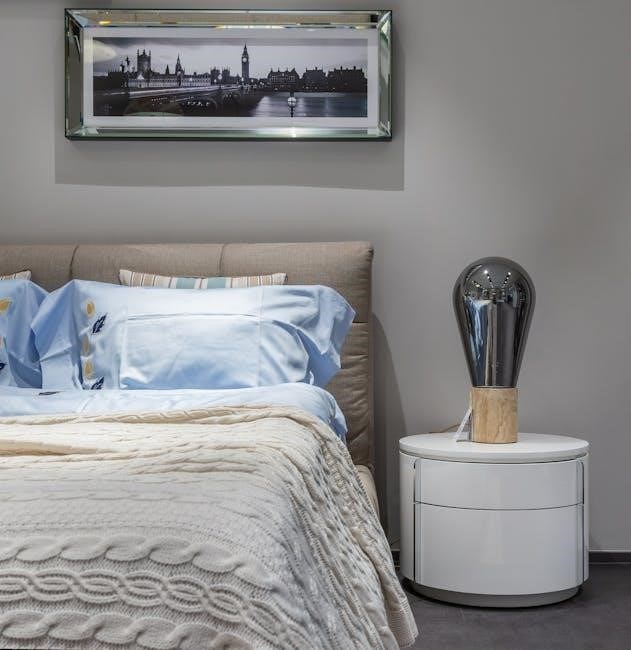
Factors Influencing Table Linen Size
Table linen size is influenced by drop length, fabric weight, table shape, and material, ensuring a perfect fit that balances aesthetics and functionality for any setting.
3.1 Drop Length: How Much Linen Hangs Down
Drop length determines how far the linen extends below the table edge, typically ranging from 6 to 12 inches for a standard elegant look. This measurement ensures the linen drapes gracefully without overwhelming the setup, balancing style and practicality. Proper drop length enhances the overall appearance while maintaining functionality, making it a crucial factor in selecting the right tablecloth size for any occasion or table shape. Adjusting the drop length allows customization to fit the event’s aesthetic, whether formal or casual, ensuring a polished and professional presentation every time.
3.2 Fabric Type and Weight
Fabric type and weight significantly impact table linen size and fit. Heavier fabrics, like canvas or burlap, may require larger sizes to ensure proper drape, while lighter materials, such as cotton or voile, hang more easily. The fabric’s weight influences how it drapes and whether it stays in place. For formal events, smooth, high-quality fabrics like satin or polyester are ideal, while casual gatherings might use textured or rustic options. The choice of fabric also affects durability and maintenance, with heavier materials often being more resistant to wrinkles and wear. Considering the fabric type and weight ensures the linen performs well and enhances the table’s appearance for any occasion.
3.3 Table Shape and Material
Table shape and material play a crucial role in determining the appropriate linen size. Round tables require linens that drape evenly, while rectangular tables need precise measurements for length and width. Oval tables fall somewhere in between, requiring a balance of drape and fit. The material of the table, such as wood, glass, or metal, can also influence the linen’s appearance and fit. For example, glass tables may benefit from slightly shorter linens to avoid excessive pooling, while wooden tables might pair well with heavier fabrics for a more rustic look. Always consider the table’s shape and material when selecting linens to ensure a seamless fit and aesthetic appeal.
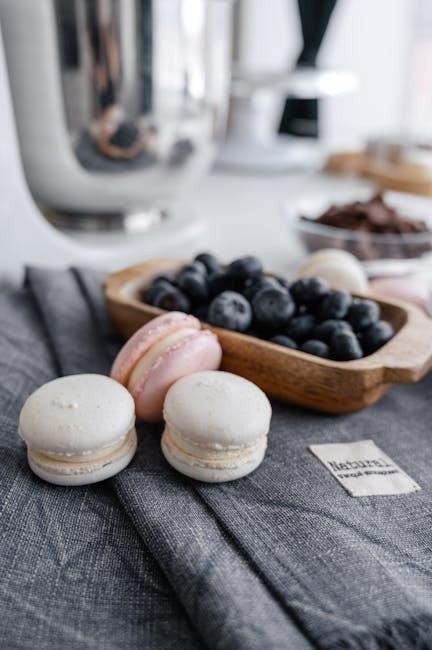
Guide to Choosing the Right Linen Size
Measure your table, consider drop length, fabric type, and occasion to select the perfect linen size. Ensure a seamless fit for elegance and functionality at any event.
4.1 Calculating Linen Size Based on Table Dimensions

To determine the ideal linen size, start by measuring your table’s length and width. Add twice the desired drop length to both dimensions to account for overhang on all sides. For example, a 72″ x 42″ table with a 12″ drop requires a 96″ x 66″ linen. For round tables, measure the diameter and add twice the drop to this measurement. Consider the fabric type, as thicker materials may need additional yardage. Always double-check your measurements to avoid sizing errors. Accurate calculations ensure a perfect fit, enhancing both functionality and aesthetic appeal for any occasion.
4.2 Adjusting for Different Occasions
When selecting table linens, consider the occasion to ensure the right fit and style. For formal events, opt for a longer drop, adding 4-6 inches to the standard size for an elegant look. Casual gatherings may require less overhang, so subtract 2-4 inches for a relaxed vibe. Weddings often use floor-length linens, while outdoor events may need adjustments for uneven surfaces or wind; Measure tables with decorations or centerpieces to avoid interference. Adjusting linen sizes based on the event ensures a perfect balance of functionality and aesthetics, creating a seamless experience for any setting or celebration.
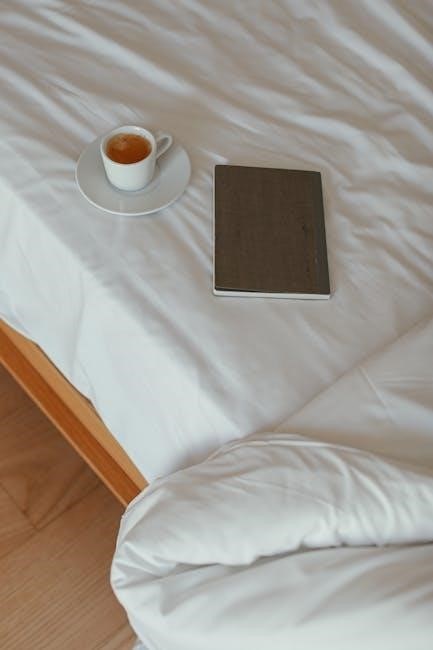
Special Cases and Considerations
Special cases like round, oval, or square tables require tailored measurements. Outdoor events may need wind-resistant fabrics, while banquet tables demand extra-long linens for seamless coverage.
5.1 Round, Oval, and Square Tables
For round tables, measure the diameter to determine the ideal linen diameter, ensuring even drape. Oval tables require measuring the longest and shortest sides. Square tables need side-length measurements. Always consider the desired drop length for a polished look. Fabric weight and occasion also influence size choices, with heavier materials offering more drama. Adjustments may be needed for outdoor events or specialty settings. Proper fit ensures functionality and aesthetics, avoiding awkward hangs or insufficient coverage. Tailor measurements to the table’s shape and setting for a flawless appearance. This ensures your linens complement the table’s design and the event’s ambiance seamlessly. Precise fitting enhances both practicality and visual appeal.
5.2 Outdoor and Event Tables
Outdoor and event tables often require special consideration due to varying sizes, shapes, and environmental factors. Measure the table’s length, width, and diagonal for oval or rectangular tables. For round tables, measure the diameter. Consider the drop length to ensure linens stay secure in windy conditions. Fabric choice is crucial—waterproof or UV-resistant materials are ideal for outdoor use. Adjust sizes for banquet or picnic-style tables, which may have unique dimensions. Ensure linens fit snugly to avoid flapping or blowing away. Use weights or clips to secure them for a polished appearance. Proper fitting ensures durability and style, even in challenging outdoor settings. This guarantees a professional look for any event.
5.3 Specialty Tables (e.g., Banquet, Buffet)
Specialty tables, such as banquet and buffet tables, often require tailored linen solutions due to their unique sizes and configurations. Banquet tables may be extra-long or have extensions, while buffet tables might be wider or include serving areas. Measure the table’s length, width, and any extensions to ensure the linen fits properly. For oval or round banquet tables, measure the diameter to determine the correct drop length. Consider the fabric type, as durability is key for high-traffic events. Adjust sizes for irregular shapes or additional features like serving surfaces. Properly fitted linens ensure a professional appearance and functionality, even for complex table setups. Custom measurements may be necessary for a perfect fit.
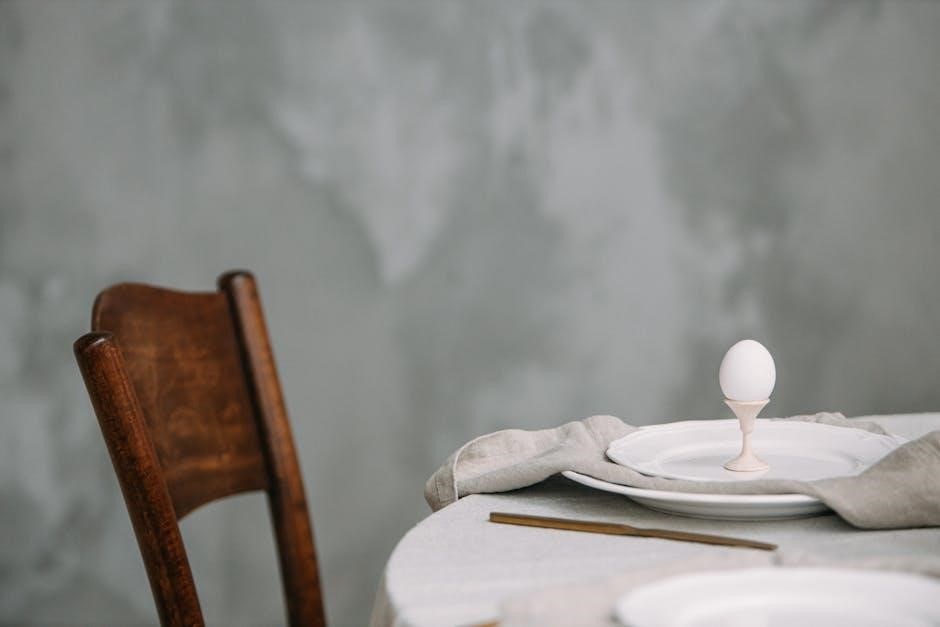
Maintenance and Care of Table Linens
Proper care ensures longevity and quality. Wash linens in cold water, avoid bleach, and iron while slightly damp for a crisp finish. Store neatly to prevent wrinkles.
6.1 Washing and Ironing Tips
For optimal care, wash table linens in cold water using a mild detergent to prevent shrinkage and color fading. Avoid bleach, as it can weaken fabrics. Gently wash by hand or use a delicate cycle for machine washing. Ironing is best done while the linen is slightly damp to achieve a crisp finish. Use a low to medium heat setting, depending on the fabric type. Avoid using fabric softeners, as they can reduce the absorbency of certain materials. Proper care ensures your linens remain durable and maintain their appearance. Regular maintenance also prevents wrinkles and keeps the fabric soft for a polished look.
6.2 Storing Table Linens Properly
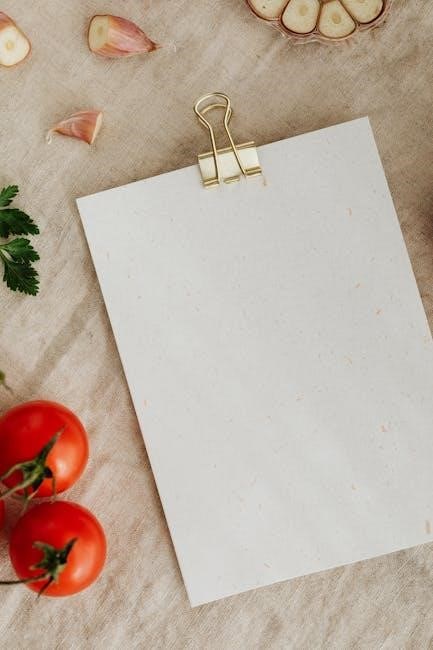
Store table linens in a cool, dry place to maintain their quality. Ensure they are completely clean and dry before storage to prevent mold or mildew. Fold or roll linens neatly to avoid wrinkles and creases. Use breathable storage bags or containers to protect from dust and pests. Consider adding mothballs or natural deterrents like lavender sachets for extra protection. Refold stored linens periodically to prevent permanent creases. For convenience, organize and label storage containers by size and type. Proper storage extends the life of your linens and keeps them ready for use. This ensures they remain fresh and wrinkle-free for future events.
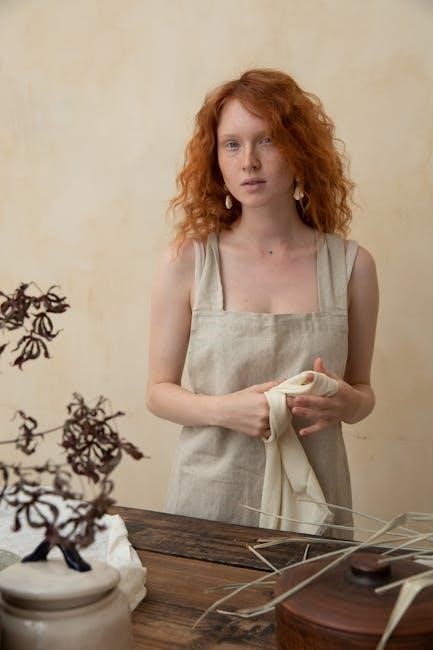
Common Mistakes to Avoid
Common mistakes include measuring incorrectly, ignoring fabric type, and not considering table shape. Always double-check measurements and match fabric weight to the occasion for the best fit.
7.1 Measuring Incorrectly
One of the most common mistakes is measuring the table incorrectly. To avoid this, start by measuring the length and width of your table accurately. For rectangular tables, measure from edge to edge. For round or oval tables, measure the diameter. If your table has extensions, measure both the standard and extended dimensions. Consider the desired drop length, which is how much fabric hangs below the table edge. Standard drop lengths range from 6 to 12 inches, but this can vary based on the occasion. Formal events often require longer drops, while casual settings may need less. Ensure the table is level before measuring to prevent uneven hanging. Double-checking your measurements is crucial to avoid a poor fit. By carefully measuring and accounting for table features like extensions and thickness, you can ensure your tablecloth fits perfectly.
7.2 Ignoring Fabric Type
Ignoring the type of fabric when selecting table linens can lead to poor fit and appearance. Different fabrics have varying weights, stretches, and drape qualities, which affect how they hang on the table. For example, lightweight fabrics like lace may require a slightly larger size to achieve the desired drop, while heavy or stretchy fabrics may need adjustments to prevent puckering or sagging. Formal events often call for crisp, smooth fabrics, while casual settings might suit softer, textured materials. Failing to consider fabric type can result in linens that appear ill-fitting or unpolished, undermining the overall aesthetic. Always match fabric choice to the occasion and table dimensions for the best results.
Mastering table linen sizes ensures a polished and functional setup. Proper measurement, fabric consideration, and occasion-specific choices lead to a flawless presentation. Practice makes perfect every time.
8.1 Summary of Key Points
Properly fitting table linens enhance aesthetics and functionality, ensuring a polished appearance. Measure tables accurately, considering shape and material, and choose fabrics suited to the occasion. Standard sizes vary, but understanding drop length and fabric weight helps customize fits. Adjusting for events or specialty tables requires extra thought. Maintenance involves washing, ironing, and storing linens correctly. Avoid common mistakes like incorrect measurements or ignoring fabric type. By following these guidelines, you can achieve a perfect fit every time, ensuring your table settings are both elegant and practical for any occasion or event.
8.2 Final Tips for Perfect Table Linen Fit
To ensure a perfect fit, always consider the occasion and table purpose. Measure carefully, accounting for shape and material. Choose fabrics that suit the event, and don’t overlook the importance of drop length. For unique or irregular tables, consult sizing charts or seek expert advice. Store linens properly to maintain quality and fit. By combining these strategies, you’ll achieve a flawless, professional look for every setting, ensuring your table linens enhance both functionality and style consistently.

